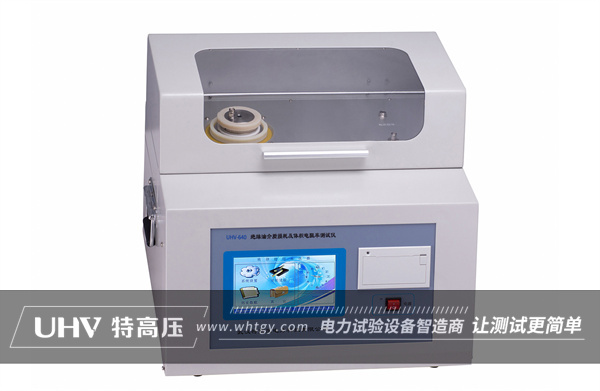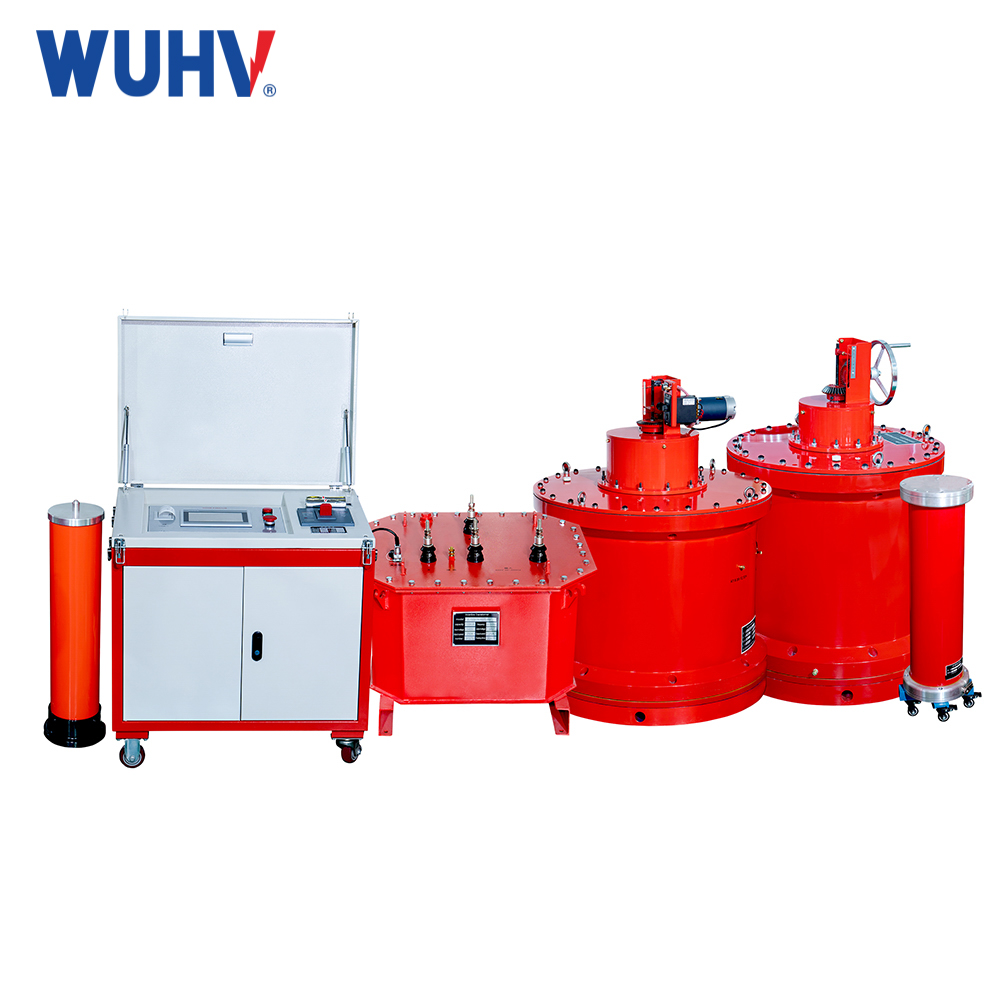The Insulating Oil Dielectric Loss Tester under Wuhan UHV Power Technology provides convenient assistance to numerous electrical workers in conducting various electrical tests.

The detection principle of insulating oil mainly includes two aspects: dielectric strength and withstand voltage test.
Dielectric strength is an important indicator to measure the insulation performance of insulating oil. It is defined as the maximum voltage required to produce dielectric breakdown through the material, measured in kilovolts per standard insulation thickness. The measurement of breakdown voltage is achieved by applying higher voltage to the material until leakage current causes sparks between the electrodes, indicating breakdown of the material. The standard procedure for measuring the breakdown voltage of insulating oil is to observe at what voltage sparks occur between two electrodes immersed in the insulating oil, with a specific gap usually set at 2.5mm according to prescribed standards.
The principle of withstand voltage test includes the volume resistivity of insulating oil and the breakdown voltage of insulating oil. Volume resistivity refers to the electrical resistance of insulating oil under a certain electric field, used to evaluate its insulation performance. A higher volume resistivity indicates stronger insulation capability of the insulating oil. Breakdown voltage refers to the irreversible breakdown voltage of insulating oil under the action of an electric field. A higher breakdown voltage indicates stronger resistance to breakdown of the insulating oil.
In addition to dielectric strength and withstand voltage test, important indicators for detecting insulating oil also include its physical properties. For example, density, viscosity, flash point, oil-water interfacial tension, etc. These physical properties can be timely detected using corresponding detection instruments. For example, viscosity detection methods include conditional, kinematic, and dynamic viscosity. Flash point detection methods are more comprehensive than density, and the determination of oil-water interfacial tension is of significant importance as it can detect the presence of soluble polar impurities in the oil.
In summary, the detection principle of insulating oil evaluates its performance by measuring indicators such as dielectric strength, withstand voltage test, and physical properties. The measurement of these indicators requires the use of corresponding detection instruments and methods to ensure the quality and reliability of the insulating oil.



















